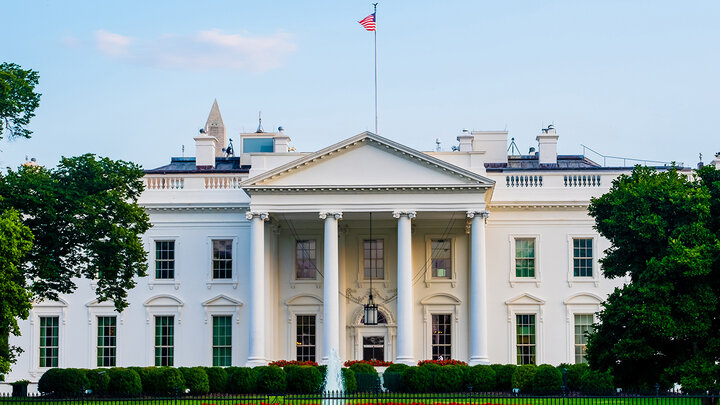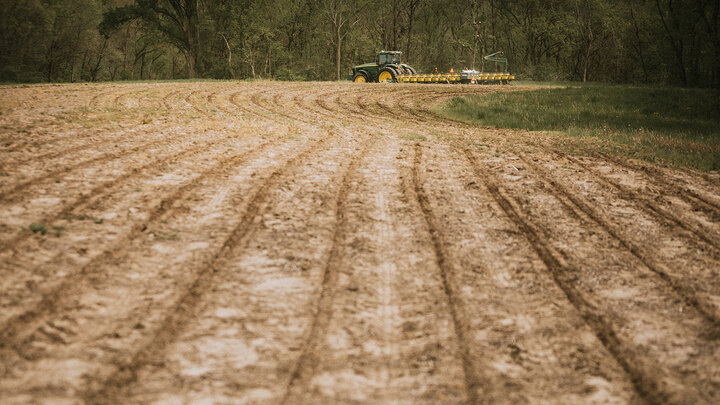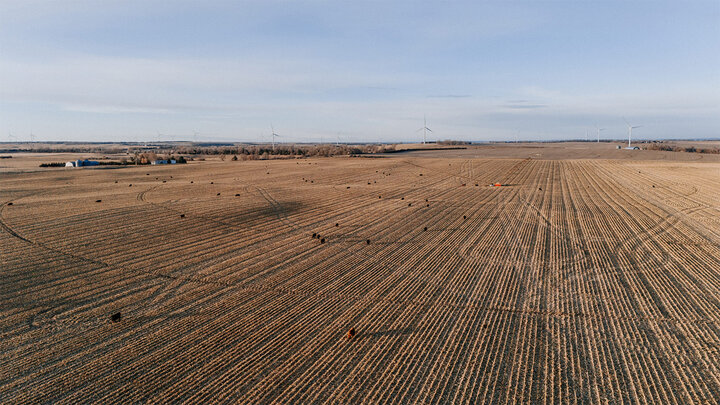This "Policy Report" column was first published by Nebraska Farmer on Feb. 7, 2025, and is excerpted here with permission.
As President Donald Trump has begun his new term in the White House, he has been assembling a slate of Cabinet members and agency leaders to help enact his agenda and priorities for the months and years ahead.
Included in those ranks is a new Department of Government Efficiency (DOGE). Even if it doesn’t exist as an official government agency, it had been a constant campaign message and now appears to be an administration priority to reshape and downsize the federal government in terms of programs, workers and spending.
Some of the administration’s early actions already have elicited strong reactions from supporters and opponents alike, but the overall question remains about what the DOGE could do and what it could mean for many government policies and programs. DOGE by itself couldn’t substantially change government policies and programming, as major shifts would take congressional action, but DOGE could be an effective messaging strategy for budget cuts and shifting priorities, even if it doesn’t directly implement policy.
Not the first time
The DOGE efforts are not the first attempt to identify and propose government spending cuts and program reforms. The Government Accountability Office produces regular analyses of various policy issues and programs. Many of its reports focus on potential program changes that could reduce spending or increase the efficiency of government programs. In agriculture, those reports have included a focus on the federal crop insurance program and potential reductions in crop insurance subsidies or insurance company reimbursements, along with other issues.
Presidents of both parties also have recommended various cuts to programs as part of their annual budget proposals, identifying crop insurance cuts and farm bill commodity programs spending or payment limits as a means to reduce spending or save funds to prioritize elsewhere in the budget. An old adage, however, notes that “what the president proposes, Congress disposes.”
Ultimately, it is Congress that must pass budget, appropriations or authorization language to make program changes, including potential cuts, and what the president proposes often carries little weight on Capitol Hill. The same challenge would await any recommendations from DOGE, casting some doubt on the potential scope of any actual cuts.
This also would not be the first time Congress considered federal spending and deficit reduction priorities. Back in 1998, congressional action on welfare reform and strong economic growth helped pave the way to a federal budget surplus. Republicans remember the efforts of Newt Gingrich and the “contract with America,” while Democrats remember the contributions of President Bill Clinton in the consensus to reign in government spending and balance the budget. Alas, the budget surplus lasted all of four years before a return to federal budget deficits and the substantial growth in deficit spending over the past two decades.
Continuing reading full article via Nebraska Farmer ...
Listen: Nebraska FARMcast
Brad Lubben discusses DOGE and potential impacts on farmers and ranchers.



